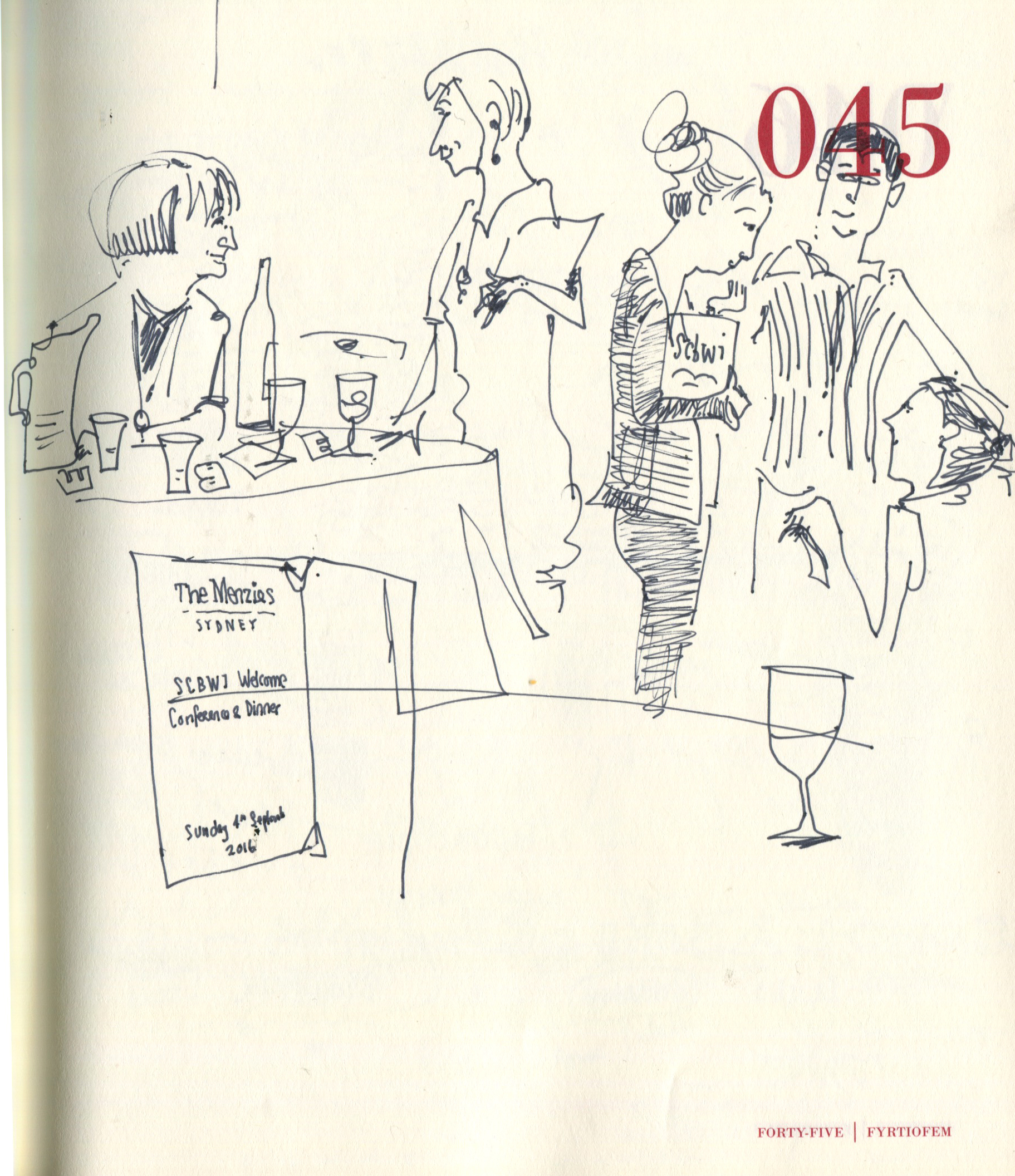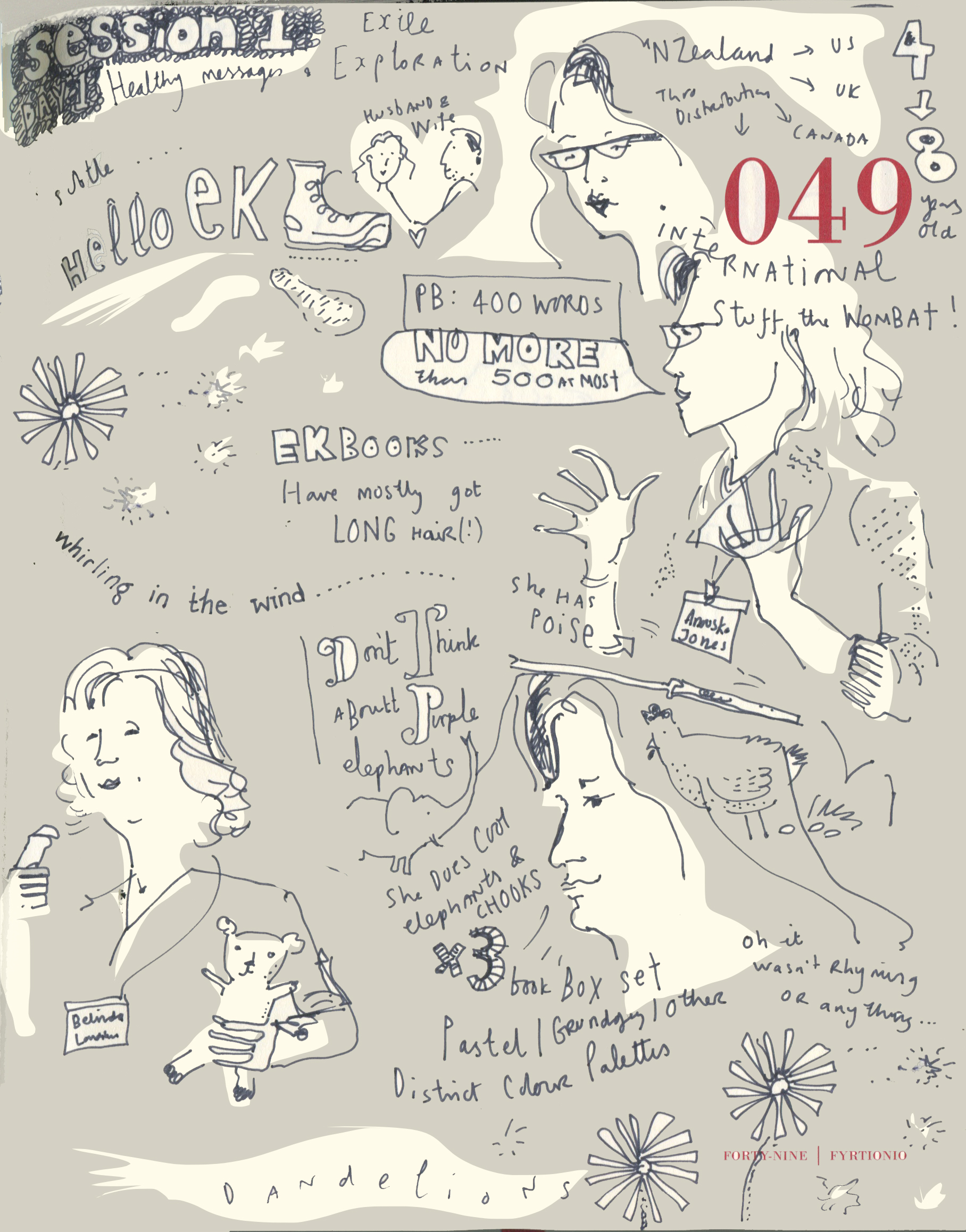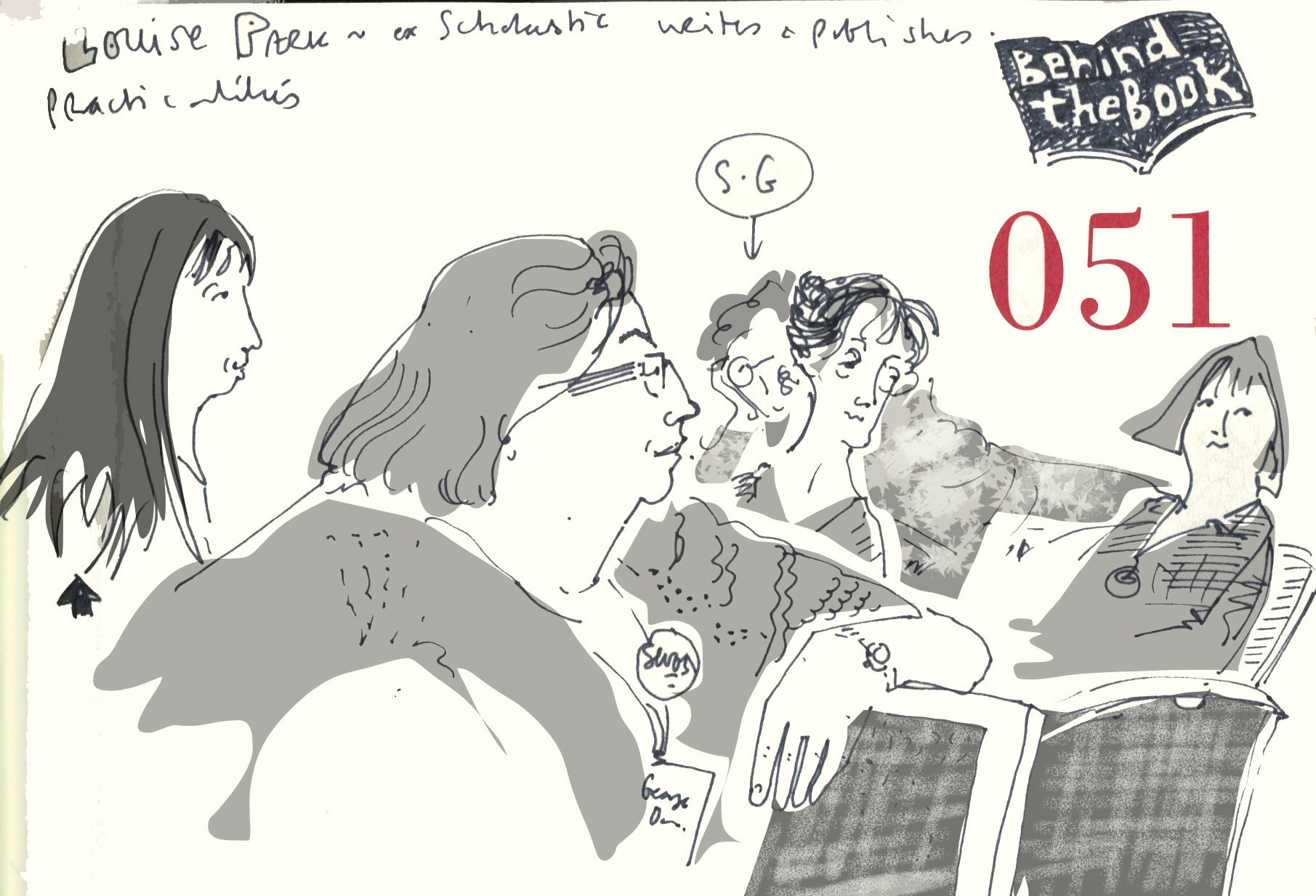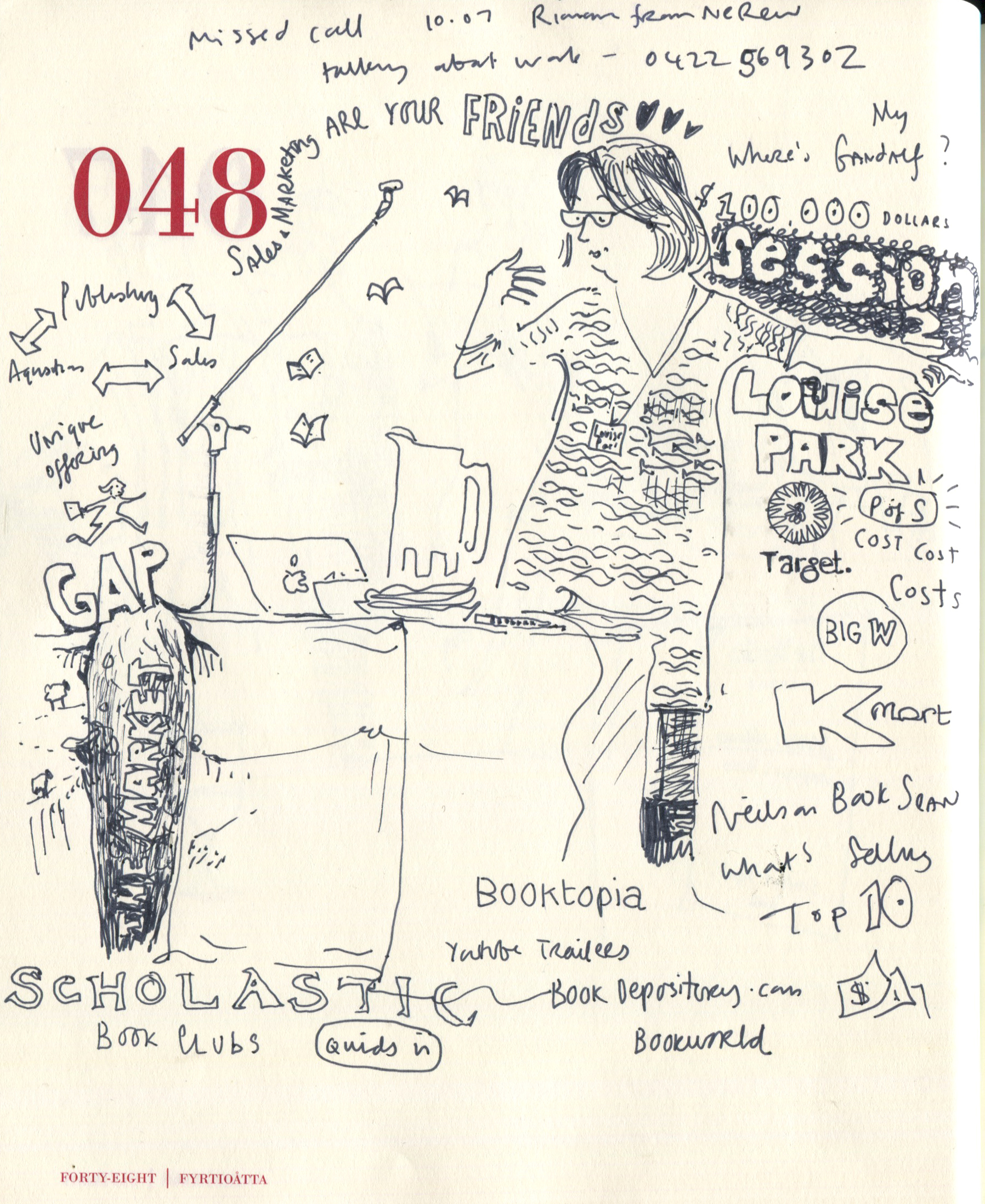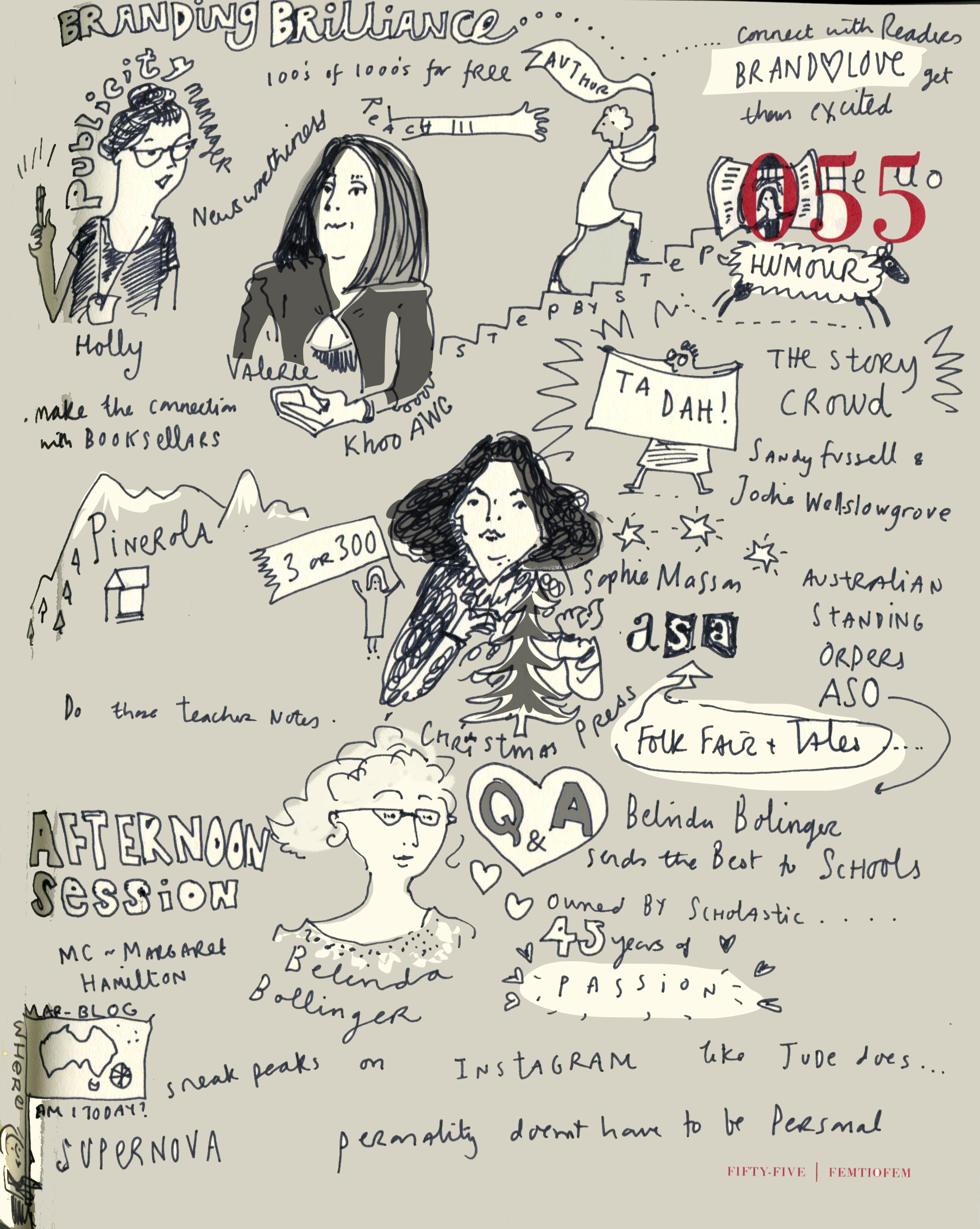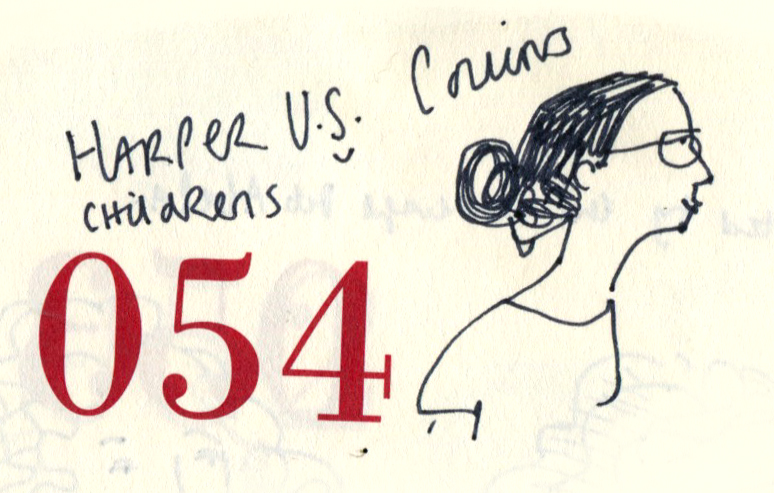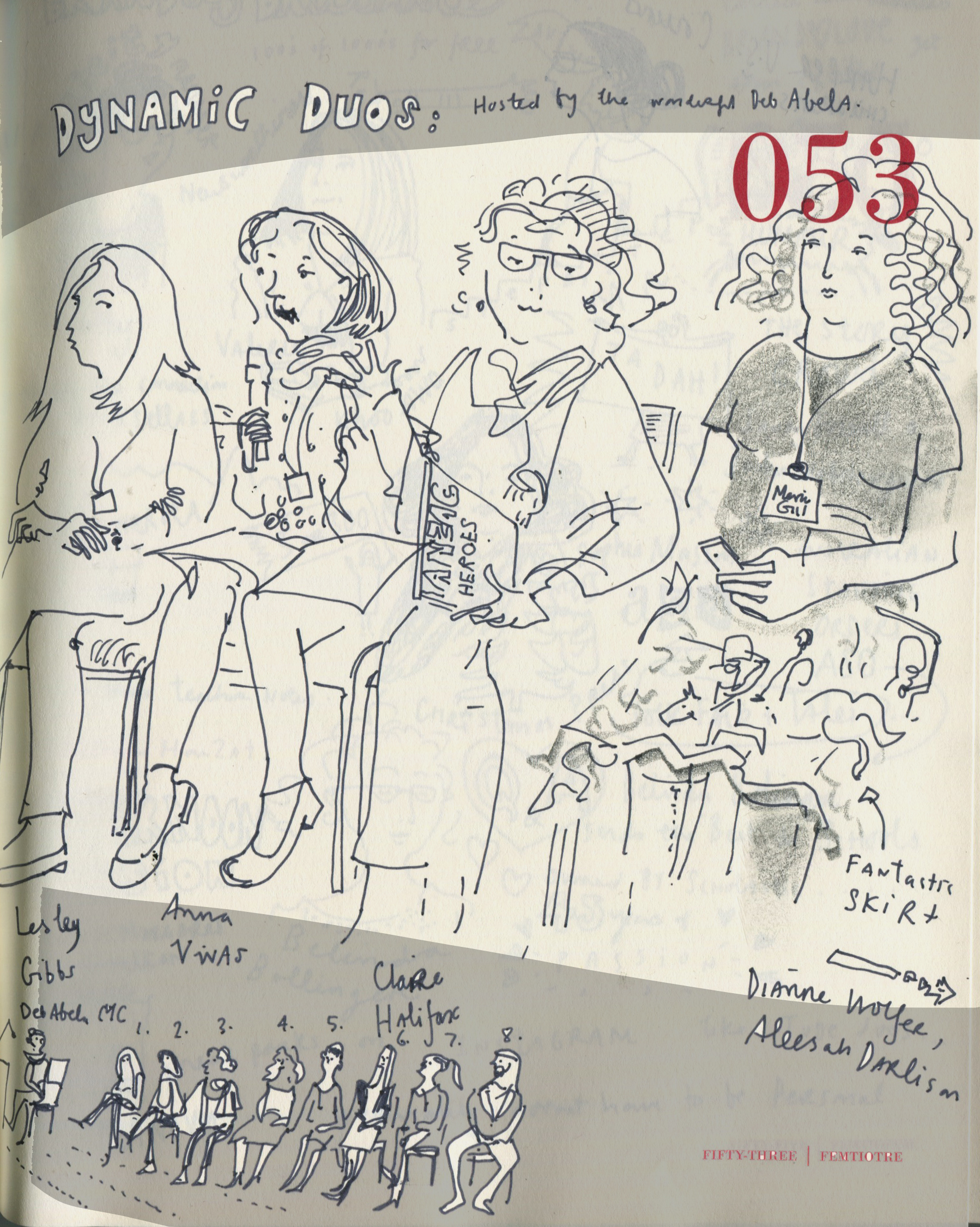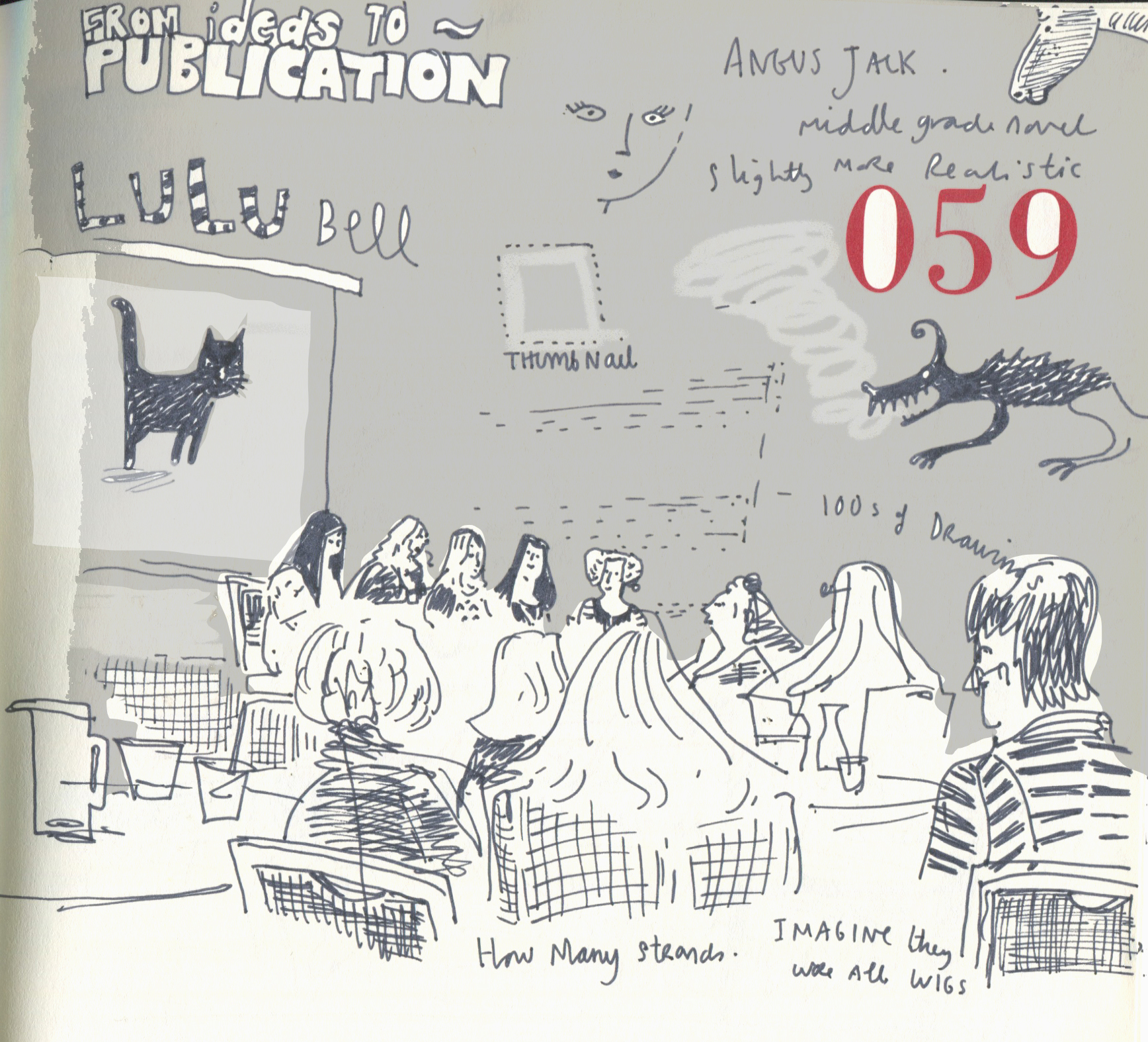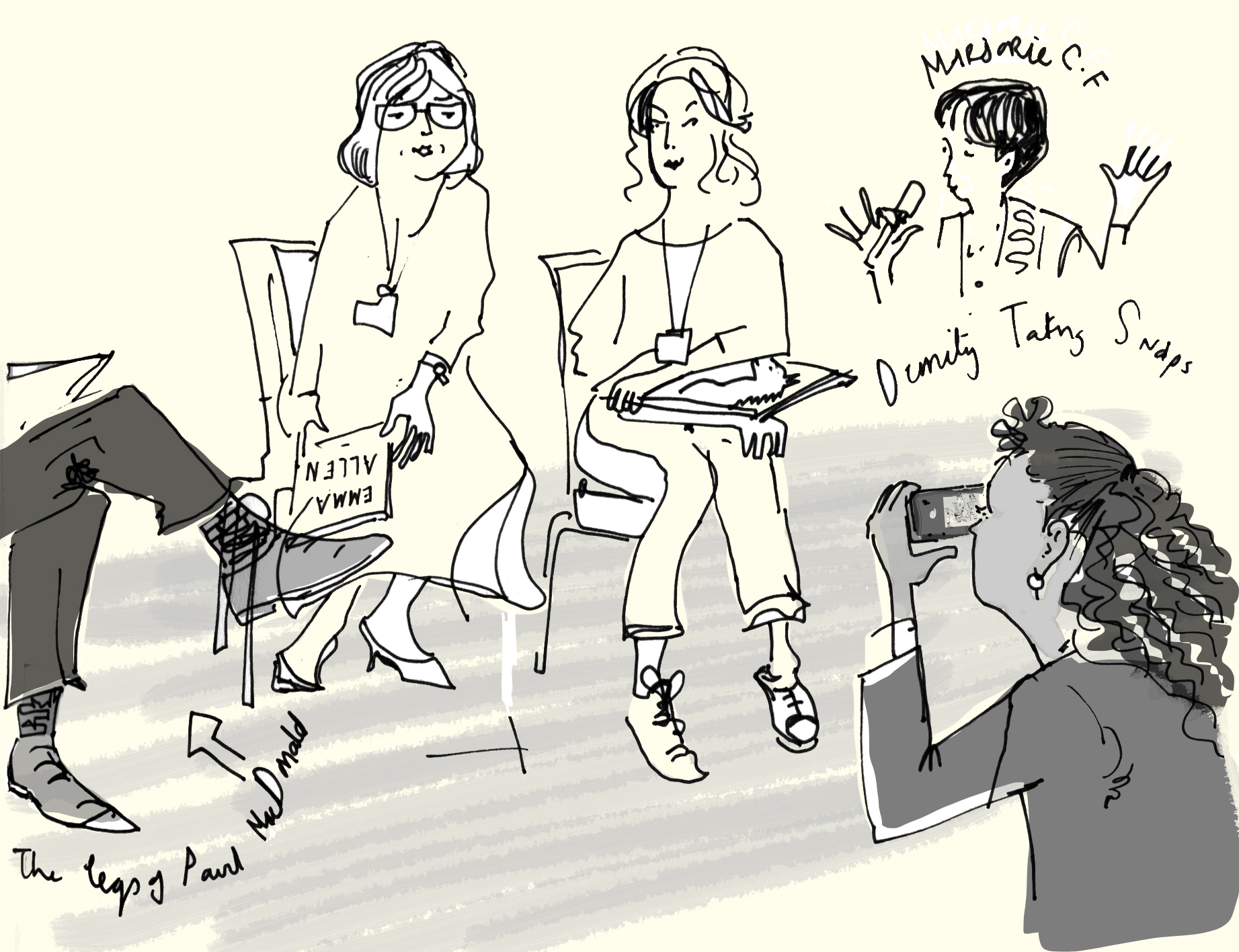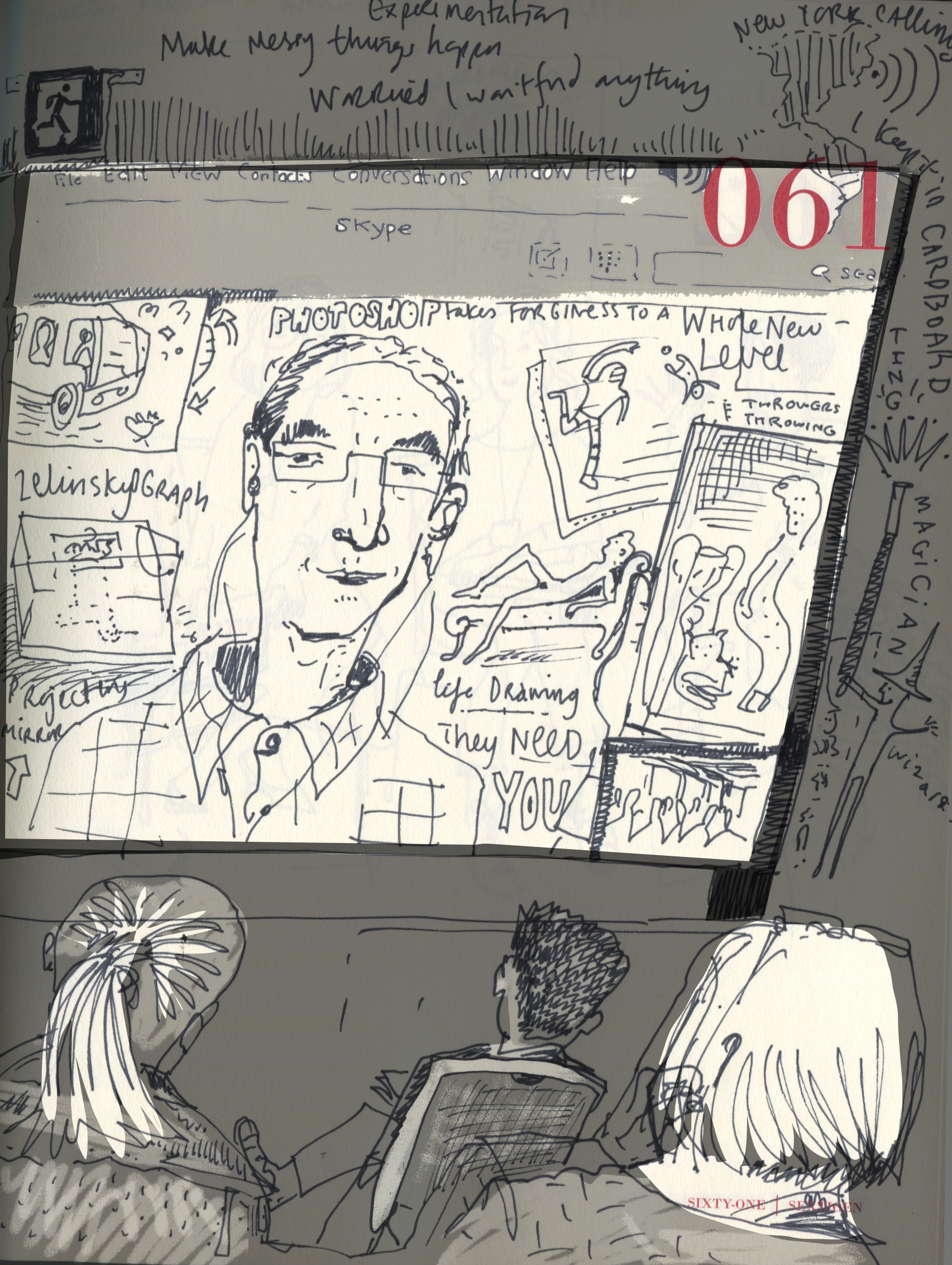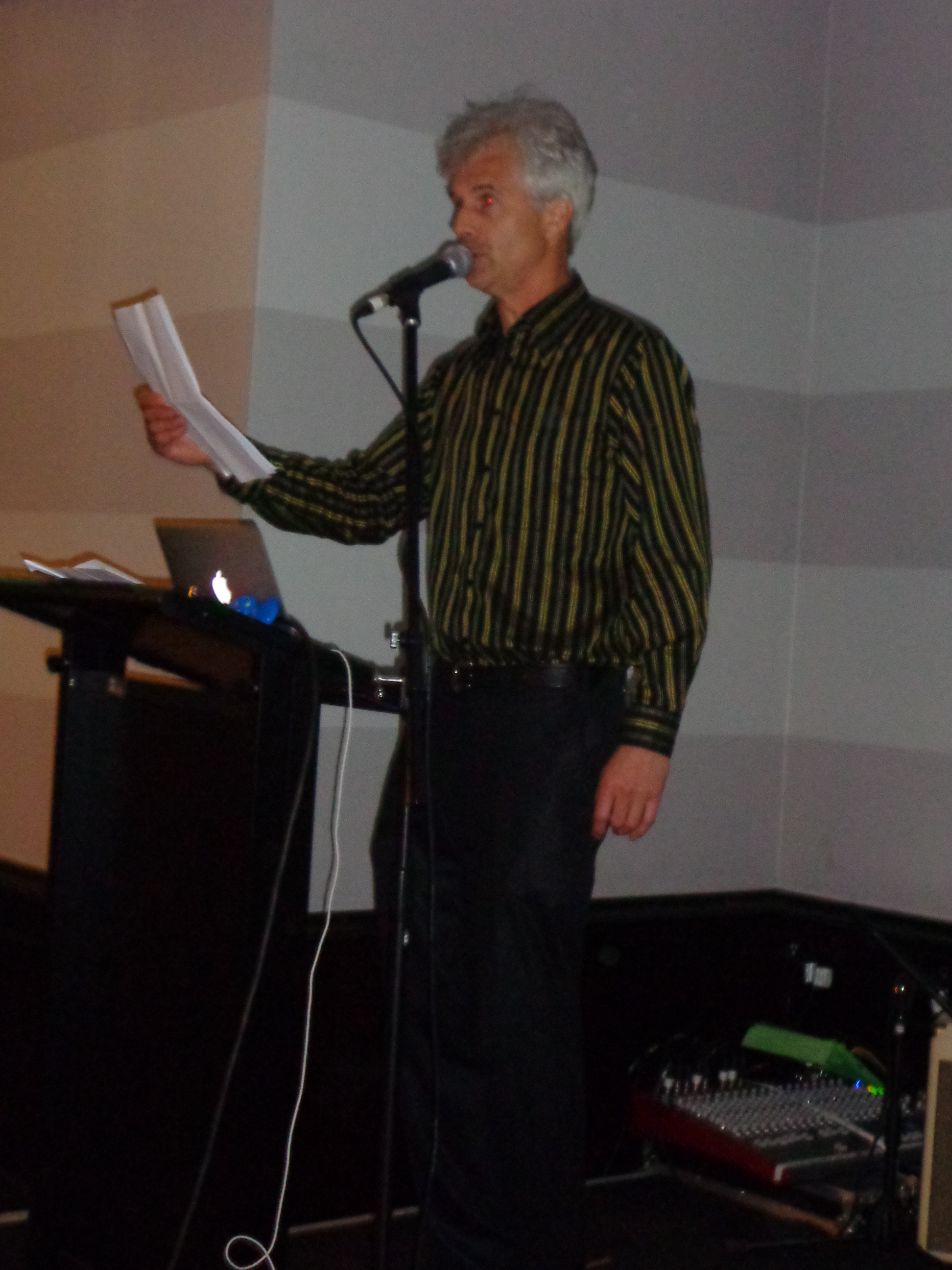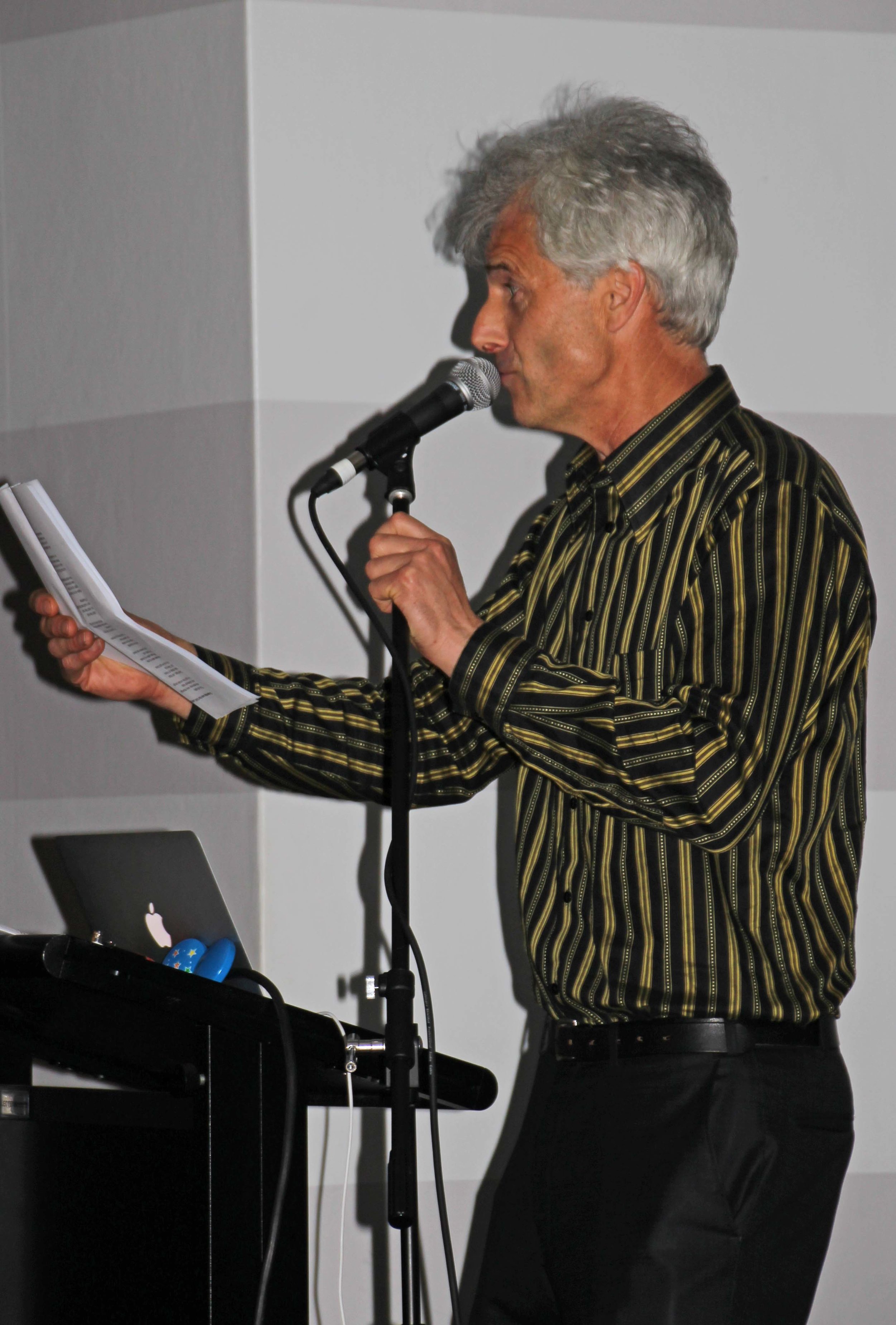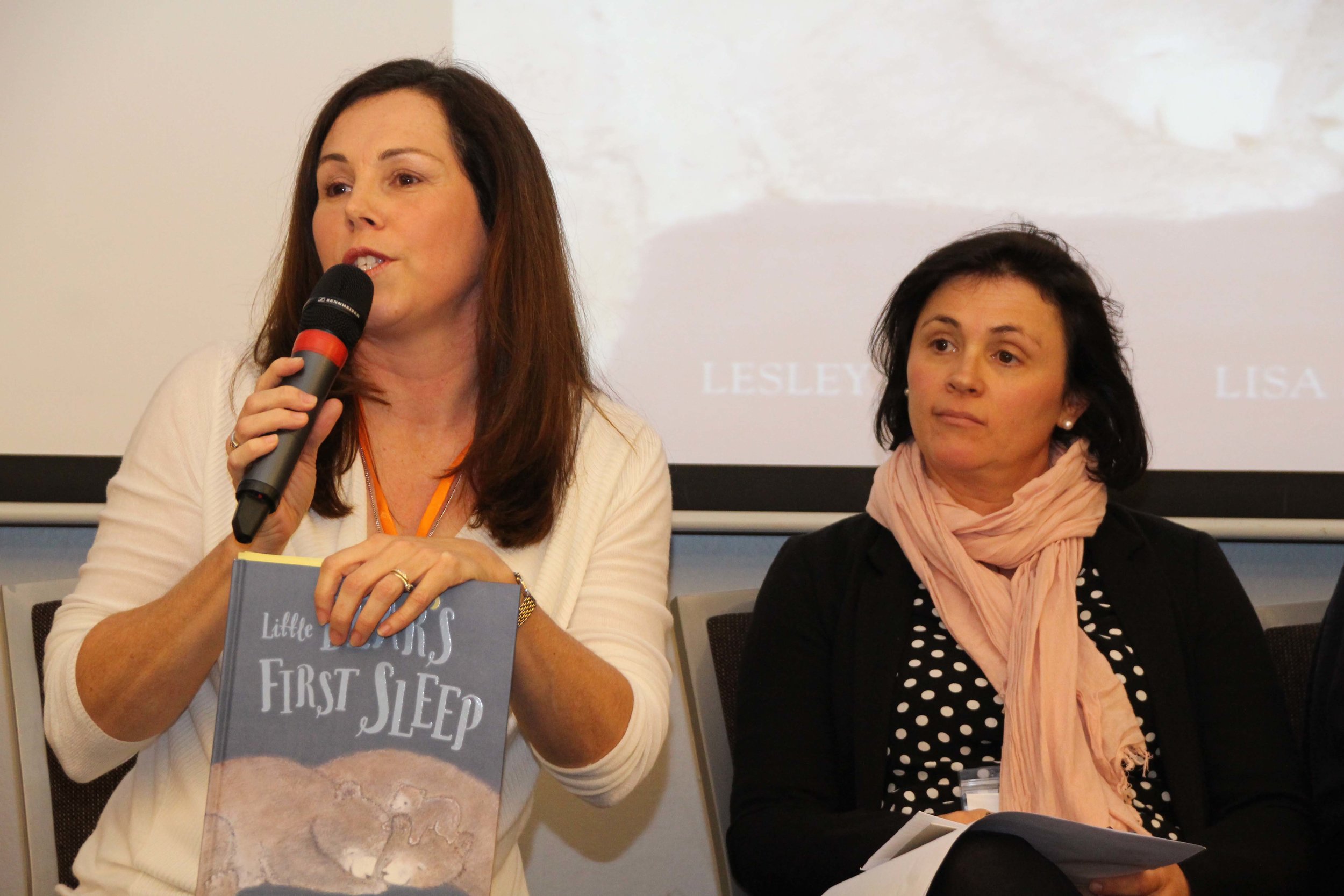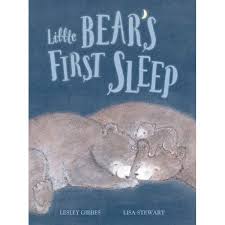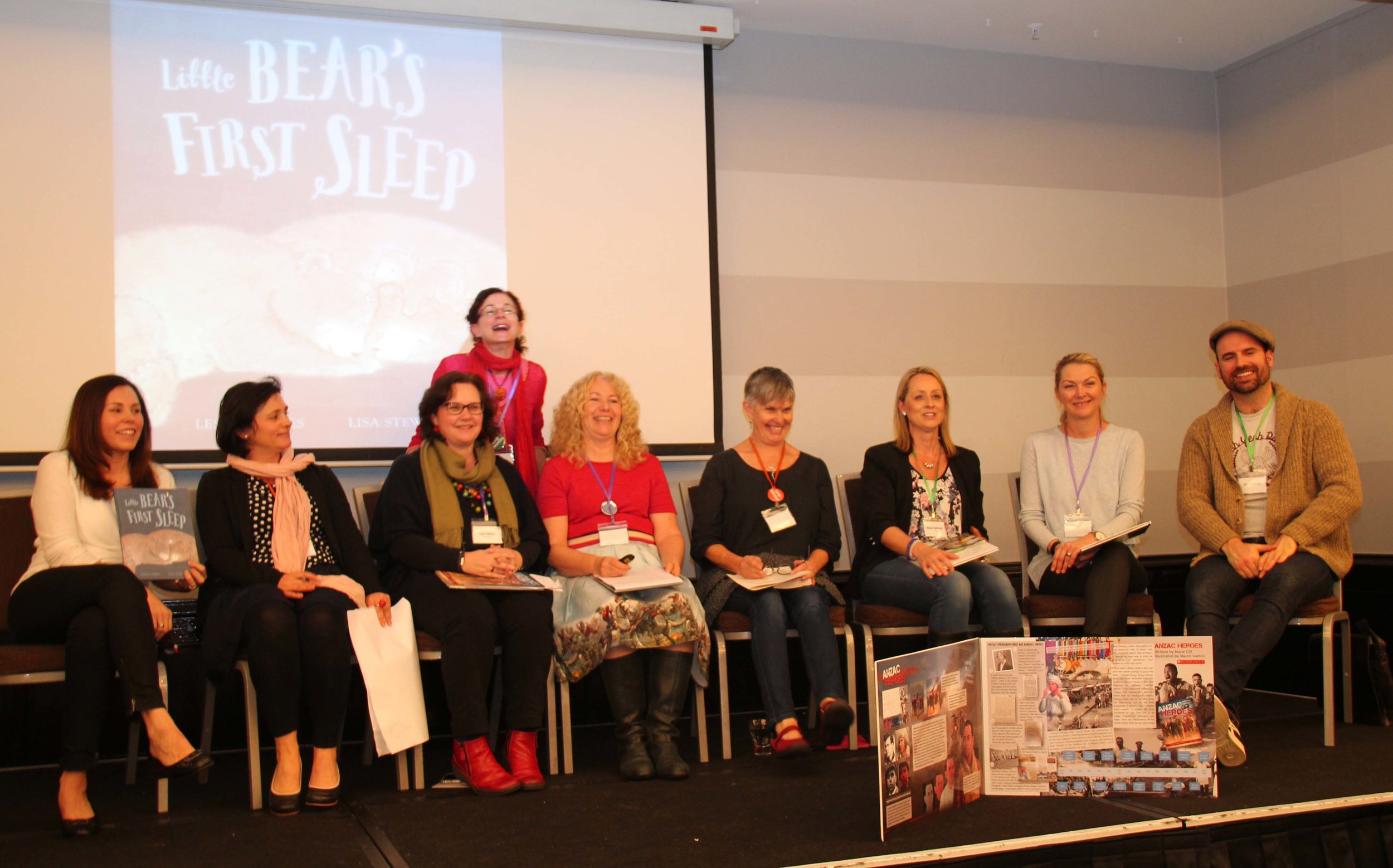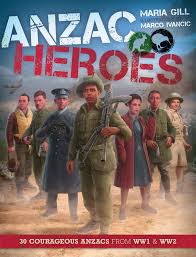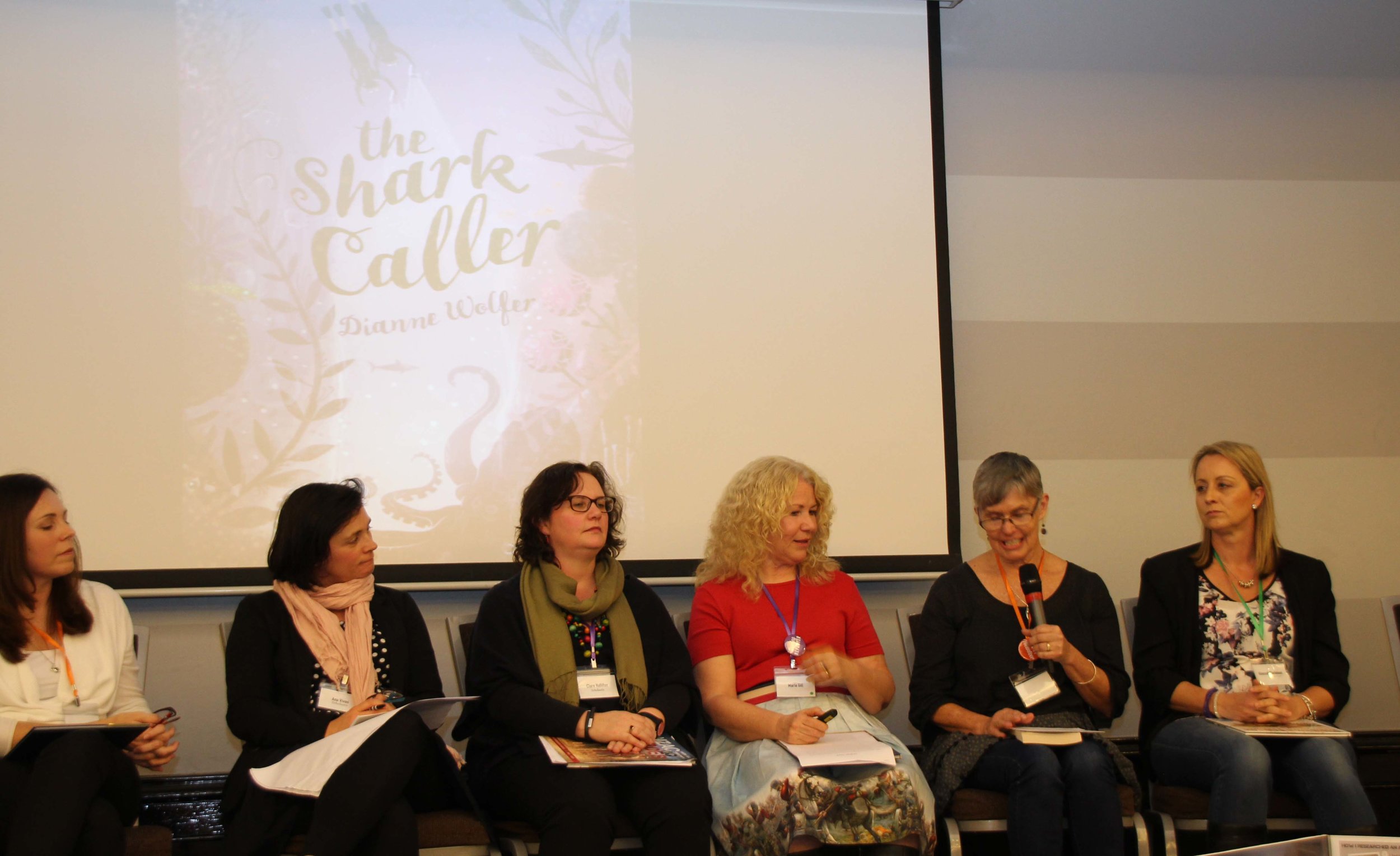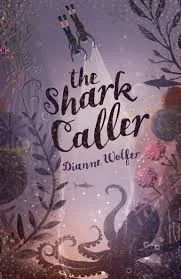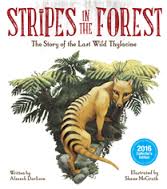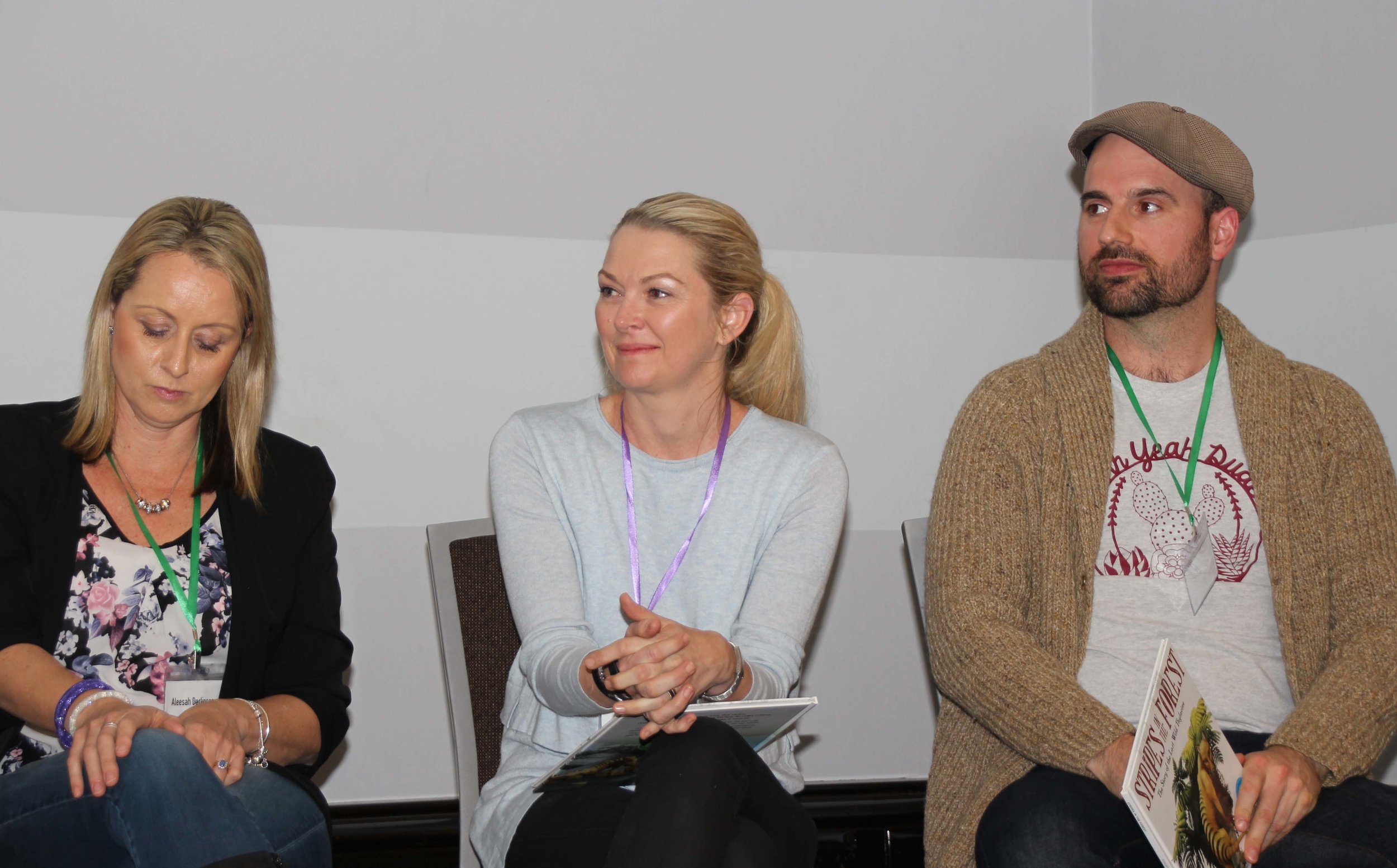So here we are at The Menzies
soon we’ll be whipping up frenzies
‘cos SCWBI people can party
they’re not just kids’ literati
no they’re crazy, they’re wild
(ask their strange inner child)
or that’s what I think
but then I’ve had a few drinks
first up…Susanne Gervay
who does it her way
she’s a true force of nature
a passionate creature
her voice is commanding
do you think she’s demanding?
when her eye falls on you
you just bloody well do
Tracy get up here
Harry…where are you (feelin’ the fear!)
Susanne’s not really scary
though she can look a bit glary
people do things for her
(would they dare to demur?)
um…er…um…er
Susanne, you’re a star
which brings me to stellar…
cue Deb Abela
she just gets everywhere
look – she’s under your chair!
and she’s on drugs
now she’s under the rug!
hum, what rhymes with Abela?
here’s a word – fella
blokes, guys, yes men
there’s not many of them
I feel like a minority
triumph of the sorority
yes, you can jump to your conclusions
he’s got masculine delusions
that’s just the way it is
not so much manuscript as Ms
but let’s get back to this feast
and the famous spelling beast
it’s more fearsome than a bee
you’ll get so anxious you will pee
right, spell SCWBI
mmm…S..Q..U..I..B..B..Y?
go to back to your table
with a can’t spell label
OK, next word: seceded
but why is that word needed?
it’s what WA have done
they’ve gone off on their own
so how do you spell SCWBI?
Deb Abela, take more drugs, tell me!
C..C..Q..E..P..P..Y..E
ShhhhKWIPPPYYYY
meaning squib, a firework, verbal joust
but I’m sure my time is running out
is there anything I’ve missed?
here’s a final checklist:
are you branded or stranded
has your contract landed
are you showcased, po-faced
is your profile mostly web-based
are you upbeat or defeatist
can you spell TMETUS
did you quiver at the pitches
develop involuntary twitches
have you handed over cards
have you done the hard yards
and I think we’ll leave it there
it’s time to let down the hair!
©Harry Laing 2016
#SCBWISyd

